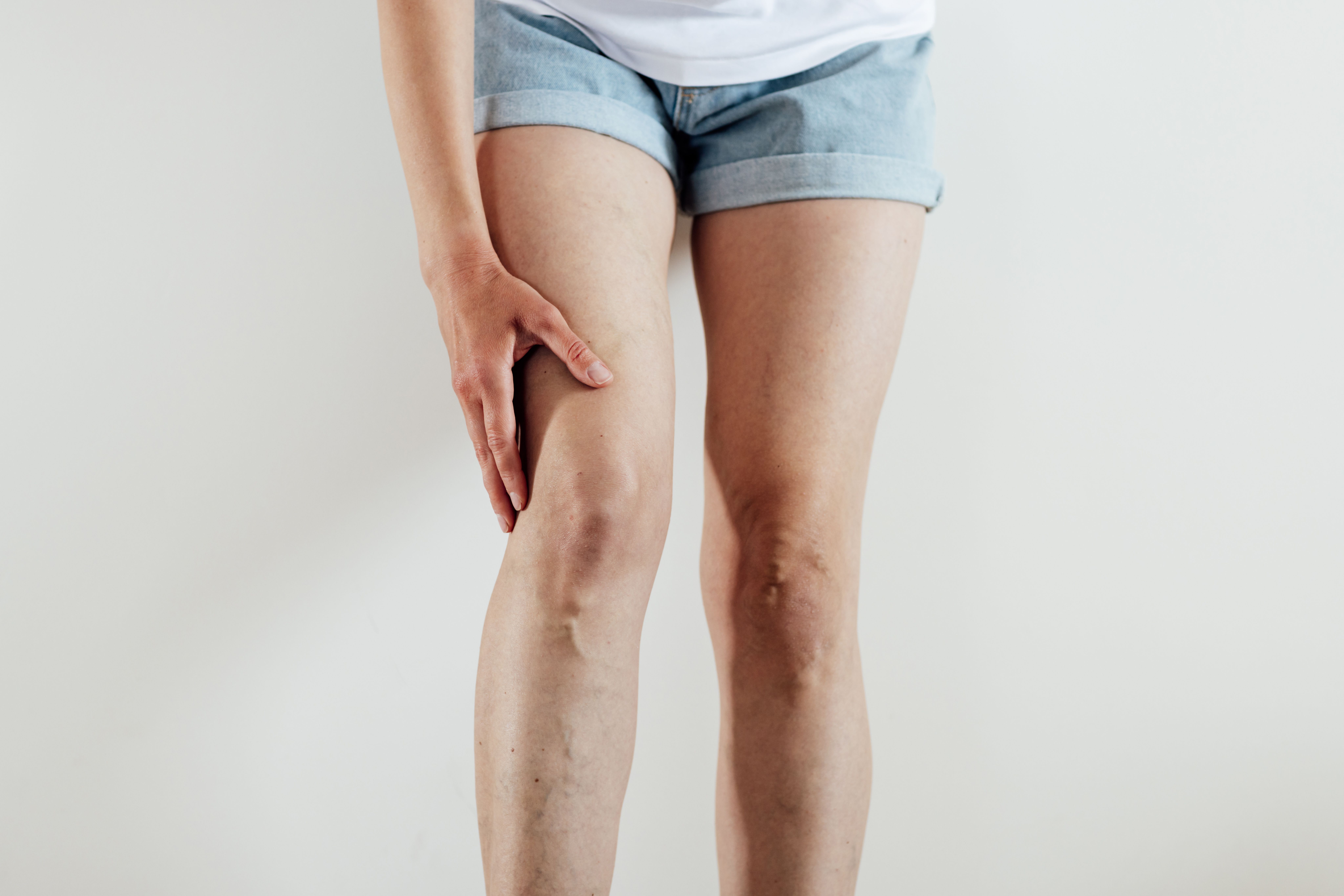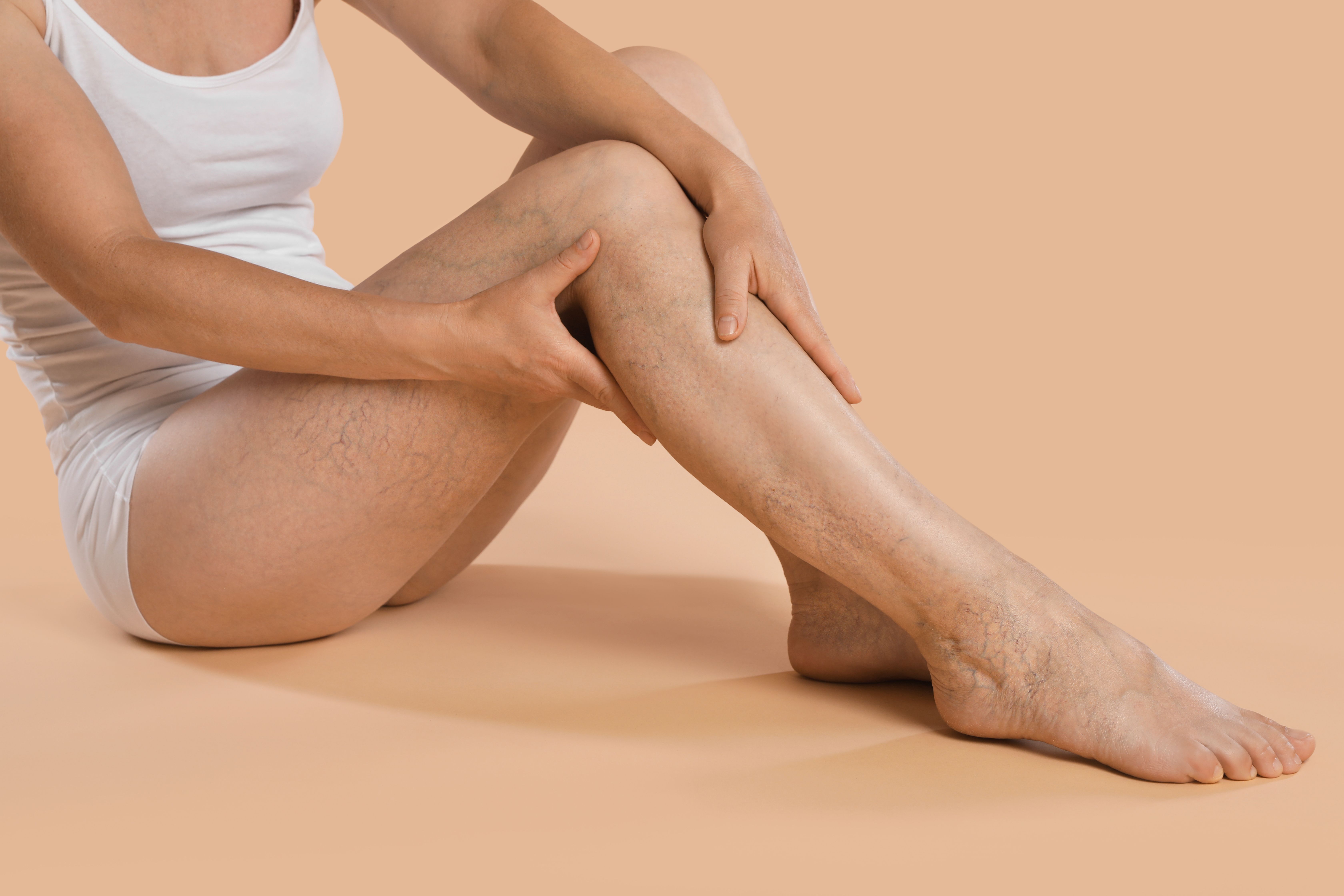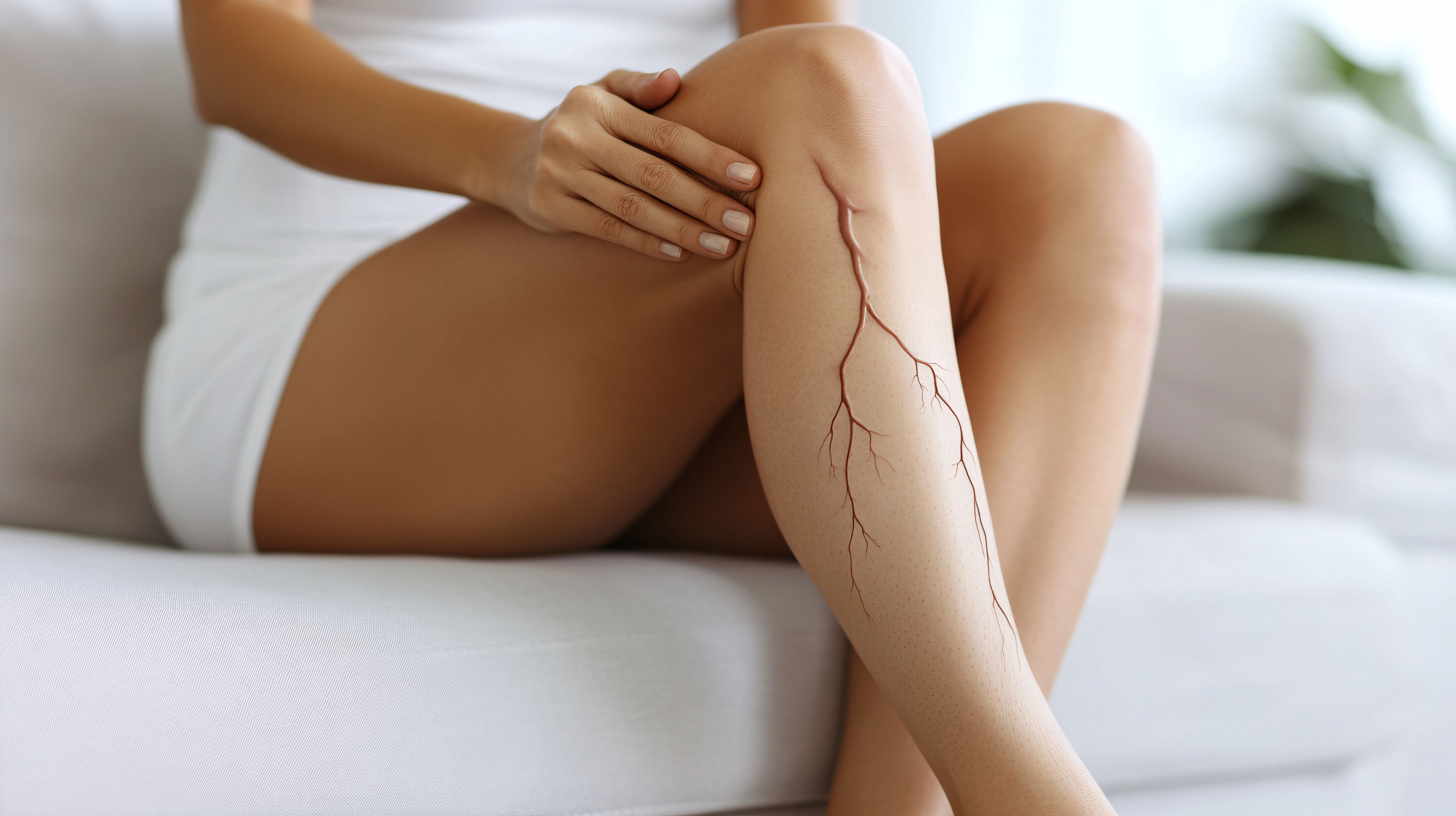Varicose Veins
Chronic Venous Disease
Causes of Chronic Venous Disease
7/31/2025
Chronic Venous Disease and Varicose Veins: Breaking the Cycle
Chronic venous disease (CVD) and varicose veins are more than just cosmetic concerns—they are widespread medical conditions that impact millions globally, often leading to discomfort, pain, and reduced quality of life. If left untreated, these conditions can worsen over time, creating a vicious cycle of venous insufficiency and related complications. Fortunately, with proper knowledge, lifestyle changes, and medical intervention, it’s possible to break the cycle and restore vascular health.
What is Chronic Venous Disease?
Chronic venous disease is a condition that affects the veins of the legs, impairing their ability to return blood to the heart efficiently. This leads to a buildup of blood in the lower limbs—a process known as venous reflux. Over time, this condition can manifest as varicose veins, leg swelling, skin changes, and in severe cases, venous ulcers.
Understanding Varicose Veins
Varicose veins are twisted, enlarged veins that usually appear blue or dark purple and are often found on the legs. They occur when vein valves become weak or damaged, allowing blood to flow backward and pool in the veins. This increased pressure causes the veins to bulge and become visible under the skin.

Causes and Risk Factors
Several factors contribute to the development of CVD and varicose veins:
- Genetics: Family history increases your risk.
- Age: Valve efficiency decreases with age.
- Gender: Women are more susceptible due to hormonal changes.
- Pregnancy: Increased blood volume and hormonal shifts add pressure on leg veins.
- Obesity: Extra weight strains the venous system.
- Prolonged Standing or Sitting: Occupations requiring long periods of immobility hinder healthy blood circulation.
- Lack of Exercise: Physical inactivity reduces calf muscle pump efficiency, essential for venous return.
Common Symptoms of CVD
Symptoms of chronic venous disease and varicose veins may include:
- Leg heaviness or fatigue
- Swelling (edema) in the lower legs or ankles
- Aching or throbbing pain
- Itching or burning sensations over affected veins
- Visible bulging veins
- Skin discoloration or thickening
- Ulceration near the ankles in severe cases

Breaking the Cycle: Prevention and Management
The key to managing CVD and varicose veins lies in a multi-pronged approach that combines lifestyle changes with medical care.
Stay Active
Regular physical activity enhances circulation and strengthens calf muscles. Try:
- Walking 30 minutes daily
- Cycling or swimming
- Leg exercises (heel raises, ankle pumps)
Maintain a Healthy Weight
Shedding excess pounds reduces pressure on leg veins and improves overall vascular function.
Elevate Your Legs
Raising your legs above heart level for 15–20 minutes a few times daily can help reduce swelling and venous pressure.
Wear Compression Stockings
Graduated compression stockings promote blood flow and prevent pooling. They are a cornerstone in managing symptoms and slowing disease progression.
Avoid Prolonged Sitting or Standing
Change positions frequently throughout the day. Flex your calves and shift your weight to stimulate blood flow if you stand or sit for long periods.
Healthy Diet and Hydration
A diet rich in fiber, low in salt, and full of fruits and vegetables can reduce inflammation and improve vein health. Proper hydration keeps the blood fluid and less prone to clotting.
Medical Treatments
If conservative measures are not enough, medical intervention may be necessary. Treatment options include:
- Sclerotherapy: A minimally invasive procedure where a solution is injected into small or medium varicose veins, causing them to collapse and fade.
- Endovenous Laser Therapy (EVLT) or Radiofrequency Ablation (RFA): These treatments use heat to close off and shrink problematic veins, improving circulation and reducing symptoms.
- Vein Stripping or Phlebectomy: In more severe cases, surgical removal of large varicose veins may be performed.
- Venoactive Medications: Certain medications can help improve vein tone, reduce inflammation, and manage symptoms.
When to See a Doctor
Seek medical attention if:
- Symptoms interfere with daily activities
- You notice skin changes or ulcers
- You experience sudden leg pain or swelling (which could indicate a blood clot)
Early diagnosis and treatment can prevent complications and improve your quality of life.

Debunking Common Myths on CVD
Myth 1: Varicose veins are only cosmetic.
Truth: They can indicate underlying venous insufficiency and lead to complications like ulcers or thrombosis.
Myth 2: Only women get varicose veins.
Truth: While more common in women, men can also develop CVD and varicose veins.
Myth 3: Exercise worsens varicose veins.
Truth: Moderate, low-impact exercise actually improves circulation and can ease symptoms.
Looking Ahead: Hope for Healthy Veins
Chronic venous disease and varicose veins are manageable conditions. Early awareness, preventive measures, and modern treatment options have made it possible for people to live comfortably and confidently.
By taking proactive steps, individuals can break the cycle of venous insufficiency, regain mobility, and enjoy a healthier, pain-free lifestyle.
Key Takeaways
Don’t ignore the warning signs. Whether it’s aching legs at the end of the day, visible veins, or swelling, your body could be telling you it’s time to take action. Consult a vascular specialist, make lifestyle changes, and embrace available treatments. Breaking the cycle of chronic venous disease starts with one step—keep moving forward.
For full prescribing information, see the package insert of Diosmin + Hesperidin (Daflon® 1000).
REFERENCES
-
Eberhardt RT, Raffetto JD. Chronic venous insufficiency. Circulation. 2014;130(4):333–346.
- Nicolaides AN. Investigation of chronic venous insufficiency: A consensus statement. Circulation. 2000;102(20):E126–E163.
- Gloviczki P, Comerota AJ, et al. The care of patients with varicose veins and associated chronic venous diseases. J Vasc Surg. 2011;53(5 Suppl):2S–48S.
- National Heart, Lung, and Blood Institute. https://www.nhlbi.nih.gov
- Mayo Clinic. Varicose veins – Symptoms and causes. https://www.mayoclinic.org
2025